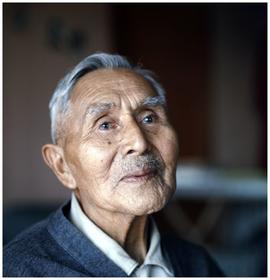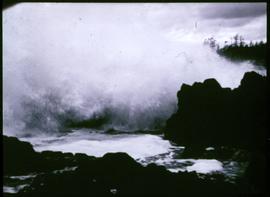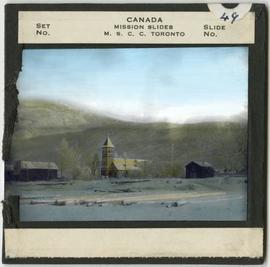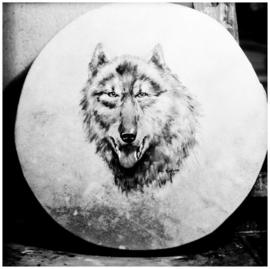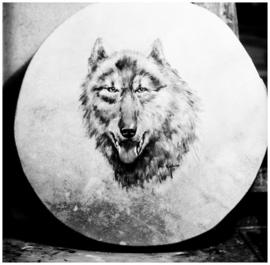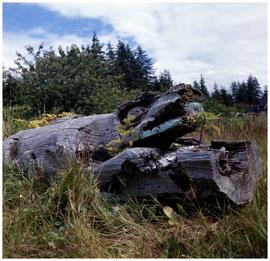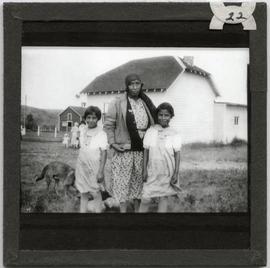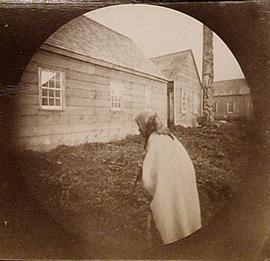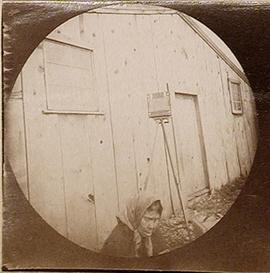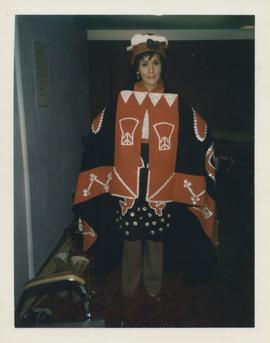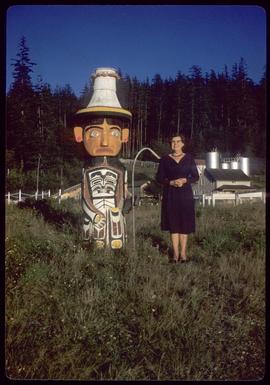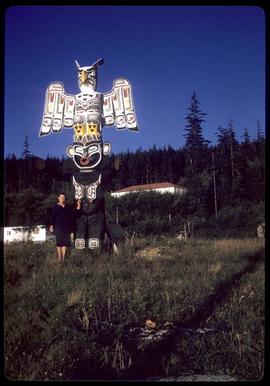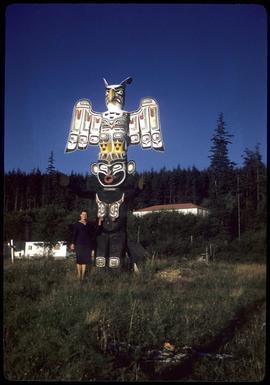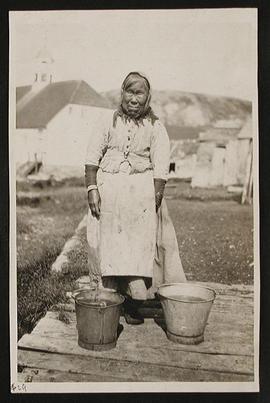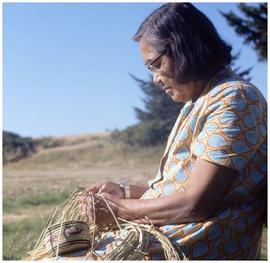The Wilson Duff papers consist of textual records, photographs, negatives, slides, maps, audio recordings, compact disks and one video tape that relate to Duff's activities, correspondences, and publications as one of the foremost researchers in Northwest coast Indian history, culture and traditions. Also included in the fonds are records relating to Duff’s work as an Anthropology professor at the University of British Columbia, his advisory and curatorial consultancy work, committee membership and the exhibit Images: Stone: B.C.
Records in the Wilson Duff fonds have been organized into the following seventeen series:
Series 1: Wilson Duff’s student papers (1949-1950)
Series 2: Correspondence (195?-1975)
Series 3: Published and unpublished articles (195?-1972)
Series 4: Site visits (195-)
Series 5: Northwest Coast research (195?-197?)
Series 6: Teaching materials (1965-1976)
Series 7: Committee and consultancy records (1966-1976)
Series 8: Personal records (1965-1976)
Series 9: Photographic records (195?-1976)
Series 10: Maps (1955-1976)
Series 11: Images: Stone: B.C. (1975-1977)
Series 12: Research notes and materials (196?-1976)
Series 13: Tsimshian files (1915-1976, predominant 1957-1971)
Series 14: Recordings (1962-1976)
Series 15: Creative writing (195? - 197?)
Series 16: Posthumous writings on Duff (197? – 199?)
Series 17: Ephemera (195? – 197?)

